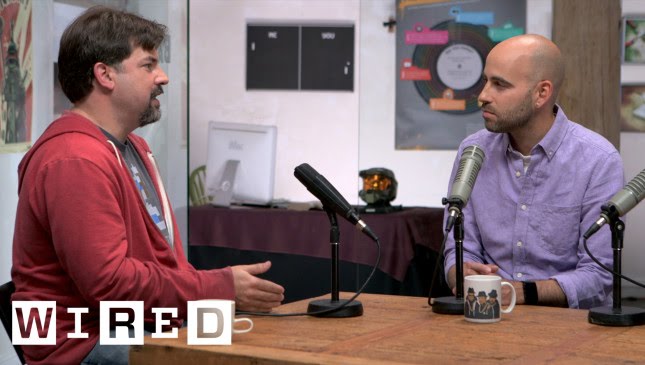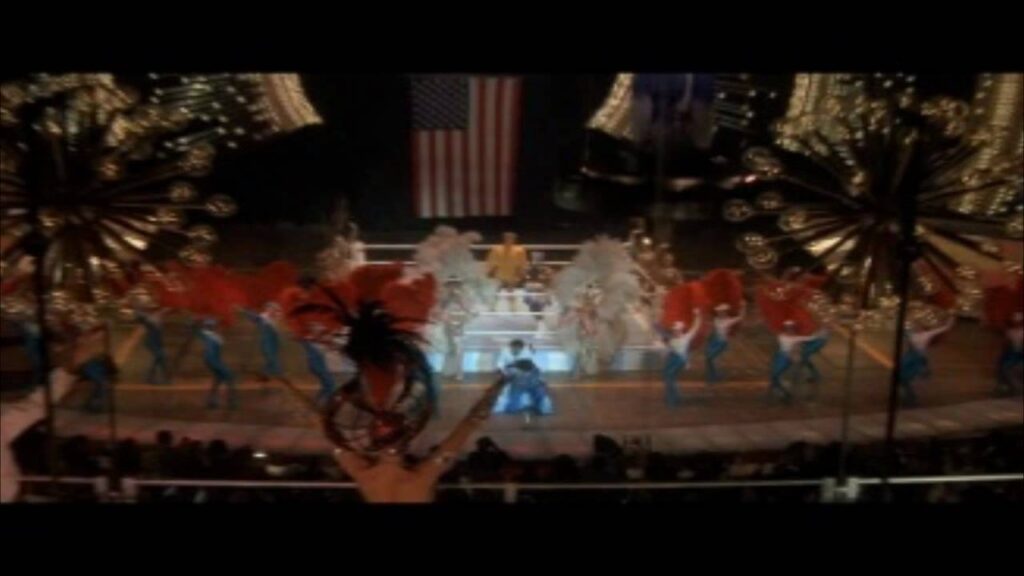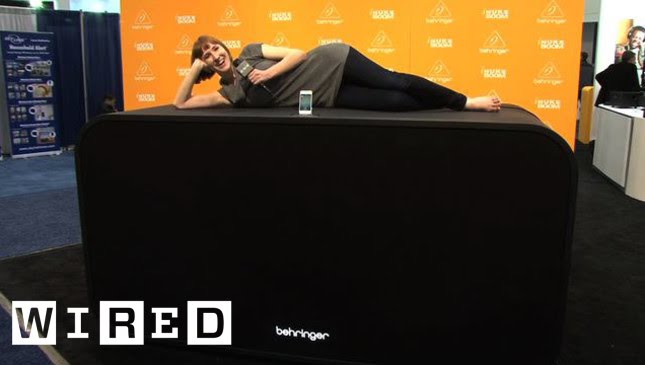Scratching Techniques for DJs
Summary
In this article, we will discuss various scratching techniques used by DJs. These include the crab scratch, one-click flare, two-click flare, rhythm scratch, and drum scratching. We will also cover beat juggling and the importance of practice, patience, and focus in mastering turntablism.
Table of Contents
- Crab Scratch
- One-Click Flare
- Two-Click Flare or Orbit Scratch
- Rhythm Scratch
- Drum Scratching
- Beat Juggling
- Conclusion
Crab Scratch
The crab scratch involves moving the fingers from the pinky to the index finger while using the thumb as a spring to move the fader back to the open position. It’s important to sound fluid while doing the crab scratch, and using all four fingers can create more clicks and a fuller effect.
One-Click Flare
The one-click flare starts with an open fade, does a trip forward, immediately reopens the fade, and then rewinds the record back to the top of the sound. This scratch can be challenging and requires practice to synchronize the fader and platter movements.
Two-Click Flare or Orbit Scratch
The two-click flare, also known as the orbit scratch, involves adding two clicks to create three sounds. It can initially sound like a transform, so finding the sweet spot where a rolling circular motion is heard is essential.
Rhythm Scratch
The rhythm scratch involves five baby scratches, two normal, one short, another normal, and one short one. This scratch solely relies on hand motion on the platter and does not use the crossfade.
Drum Scratching
Drum scratching involves grabbing a kick and a snare off one record to make a drum beat. It’s crucial to be accurate while doing drum scratches to avoid sounding sloppy and muddy. DJs can use volume control or crossfade to transition smoothly between tracks.
Beat Juggling
Beat juggling involves manipulating the timing and rhythm of two or more tracks to create a unique sound. It’s important to have an internal metronome and know the position of marks on the record. Clean transitions are essential in beat juggling.
Conclusion
In conclusion, mastering turntablism requires practice, patience, and focus. DJs can use various scratching techniques such as the crab scratch, one-click flare, two-click flare, rhythm scratch, and drum scratching to create unique sounds. Beat juggling adds another layer of complexity to turntablism and requires precision and timing. By sharing new discoveries, we can continue to evolve the art form of turntablism.







